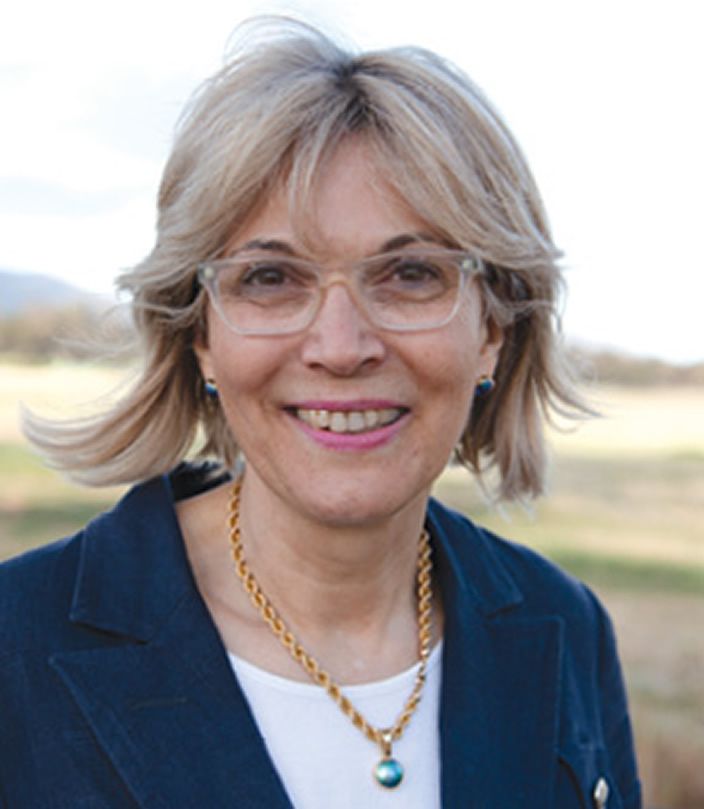
When Marilyn Fleer – Professor (Research) Early Childhood at Monash University – started school, she couldn’t speak English. “I come from a migrant family and we had no children’s books in the house,” she said. She struggled to learn to read, and to read as fast as her peers. She found herself drawn to science text, as it was shorter and she could catch the meaning faster. Consequently, “my personal experience of STEM was a great joy, while reading was sheer pain”.
No one is more aware than Professor Fleer (pictured, left) that too few women pursue careers in science, technology, engineering or mathematics – and that this issue reaches right back into their early childhoods. “A love of STEM is important, but early childhood teachers have had the wrong tools for years,” she said. “I wanted to change this so that teachers could draw on a model they can enjoy, that’s relevant, and so they can experience the joy of STEM with their children.”
Professor Fleer is a big fan of early childhood teachers. “I wanted to change the discourse of blaming early childhood educators for not teaching enough STEM,” she said. And she’s doing this through an Australian Research Council Laureate Fellowship – the first ever awarded for early childhood research.
By following infants as they become toddlers and preschoolers and on into school, Professor Fleer hopes to find out how their interest in STEM changes over time, and to measure the impact of her unique PlayWorld concept. And she is keeping a close eye on the girls.
Creating a PlayWorld
The model involves five characteristics: choosing a story; developing an imaginary situation; entering and exiting the PlayWorld; a problem arises; and the role of the teacher in introducing STEM concepts.
Professor Fleer has worked with groups using all kinds of stories, from Rosie’s Walk to Alice in Wonderland, Charlotte’s Web and The Secret Garden. For a group working with Alice in Wonderland, the first challenge was to create a “rabbit hole” to go down.
The children built a tall tower with blocks, then discovered they couldn’t climb into it. This presented their first engineering challenge: create a workable means of entering their PlayWorld. The students came up with a hoop and a tunnel to simulate the idea of a rabbit hole. And they learned concepts of vertical and horizontal in the process.
Once they’d entered their ‘Wonderland’, the teachers and children assumed characters, and were free to create more characters so everyone had a role. Professor Fleer noticed an interesting effect here. “The relationship between the teacher and the children changes,” she said.
“The teacher now plays a role, so there is a change in the way the children interact with the teacher. And when there are two teachers, together they can create a lot of excitement and drama.”







































































































































